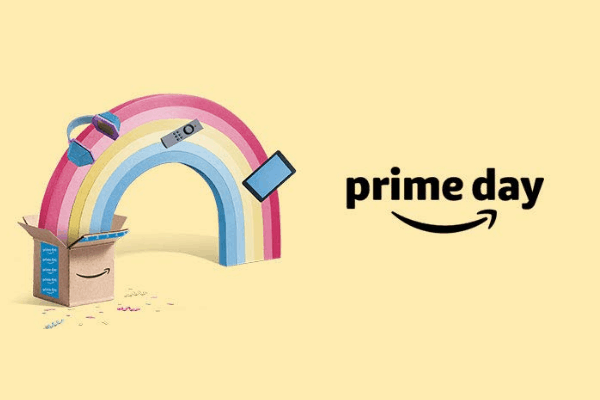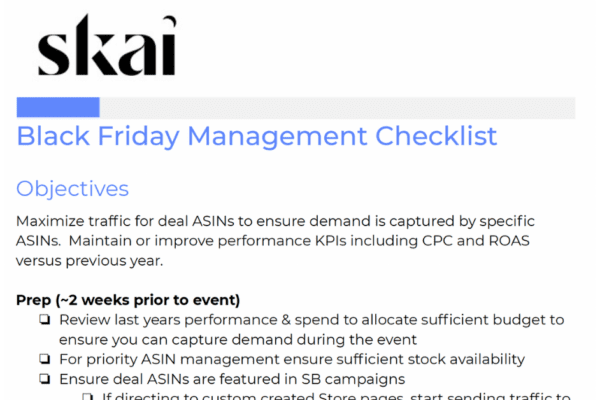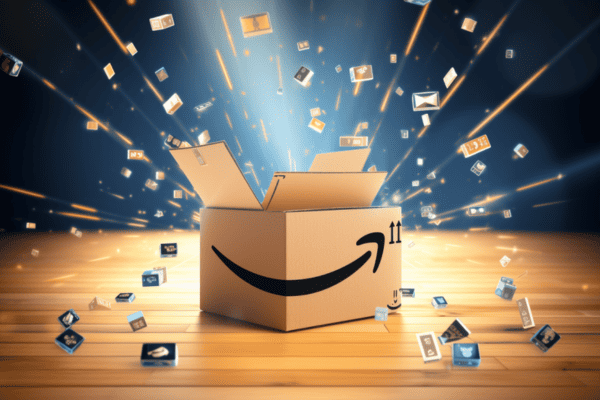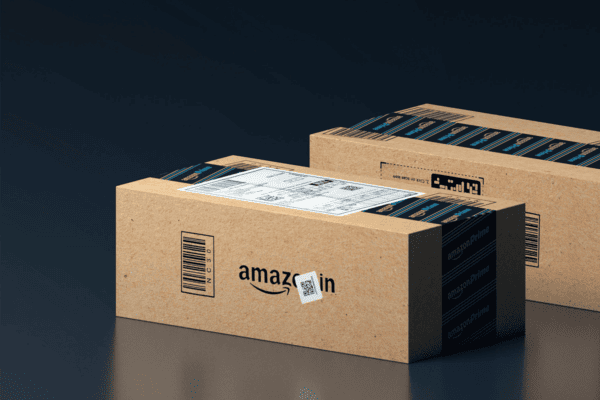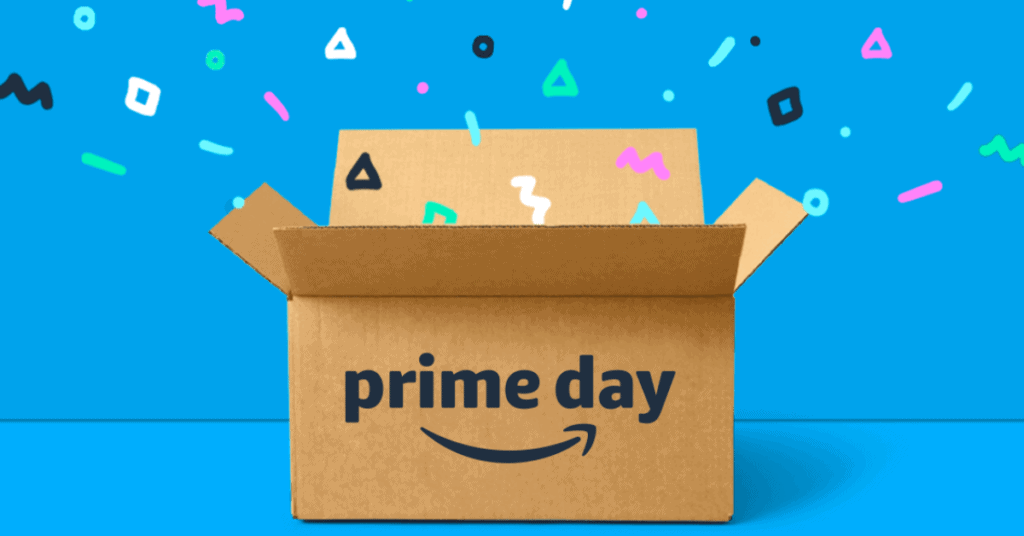
Every year, millions of shoppers look forward to finding great deals via Amazon’s Prime Day sales—the biggest shopping event of the year outside the Cyber 5.
But since Prime Day changes every year (it’s usually held sometime in the summer, though in 2020, the pandemic meant an October Prime Day) retailers should begin thinking about their Prime Day as soon as the holiday season closes. This year, for example, experts are predicting that Prime Day could return to July, though if Prime Day 2021 was any indication, June is also a safe bet.
There’s even some chatter about Prime Day potentially happening twice a year—both in the summer and in Q4.
All of this uncertainty simply means that understanding what makes a successful Prime Day and having at least a preliminary marketing strategy figured out ahead of time has never been more critical. You need to be ready for anything!
What Is an Amazon Prime Day Advertising Strategy?
Companies and sellers on the Amazon Advertising platform can promote their business and products in several strategic ways during the retail giant’s largest shopping event, Prime Day. Amazon’s advertising solutions, such as sponsored ads, Posts, and Stores, allow brands to reach shoppers in multiple locations and get the most bang for the buck in advertising dollars.
Here are a few tips for a stellar Prime Day advertising strategy—whenever that day might be.
Step #1: Learn from last year’s Prime Day advertising strategy
While Prime Day of the recent past has been anything but normal, analyzing your advertising performance data for the last few years is the best way to begin looking forward. Looking at trends for what worked (along with what didn’t) and planning your advertising and budget accordingly is an essential part of making sure Prime Day 2022 is one of your best weeks of the year.
First of all, according to our experts, Prime Day isn’t a “Day” as much as it is a three-week event. Skai’s Prime Day 2021 analysis found that “advertiser spending increases the week of Prime Day, but also the weeks before and after. This is because brands have traditionally begun offering deals not just during the event but also the surrounding days too.”
Understanding how your spending in the weeks surrounding Prime Day affected your sales and how and when your competitors began their Prime Day advertising are important ways to predict what might happen this year.
Additionally, plan to start your campaigns early, understand who your biggest competitors are, segment your audience, and analyze last year’s data to understand which keywords worked well and which didn’t to boost your relevance score well in advance of Prime Day, but, ideally, well in advance of those pre and post-Prime Day searches also.
Step #2: Think beyond Amazon
Prime Day creates a “halo effect” that lifts activity on retailers’ websites and Amazon pages—and savvy retailers are starting to run promotions outside the platform before and after Prime Day, as they know consumers are thinking about deals. In fact, while some estimates found that Prime Day sales in 2021 were down from 2020, most research found that the Prime Day halo effect held up. Consider other options like Walmart, Target, and others.
In addition to your Prime Day advertising strategy, it’s never too early to think about ways to capitalize on the influx of traffic that will likely occur around Prime Day. There’s a lot of opportunity in the weeks leading up to the event as audiences are researching, and in the weeks after as customers come back for items they may have missed. Offering deals and promotions on brand websites and also to loyalty program members is an important way to maximize Prime Day sales outside of Amazon.
And don’t forget to promote complementary products and accessories for items customers may have purchased, thanks to your Prime Day advertising.
Step #3: Take stock of what’s working now
The holidays are not only a hectic time for finishing out Q4 on a solid note: they’re also a wellspring of Prime Day data. Start looking at what over the holiday season in 2021 so you can build upon those insights for your prime day advertising strategy. For example, this holiday season, according to some experts, holiday sales were down as Black Friday overtook Cyber Monday, and many advertisers got less attention than they’d hoped. Those who began advertising early may have fared better than those who didn’t.
“Cyber 5 is no longer just a 5-day event. Shoppers have been trained to look for deals earlier and earlier in the season. This is an important lesson to take into planning for 2022,” Kiri Masters recently wrote for Forbes.
One way that advertisers might combat a similar fate for Prime Day 2022 is to focus on how shoppers searched during the holiday season and last Prime Day, as one-time shoppers and customers looking for deals might search differently than everyday shoppers.
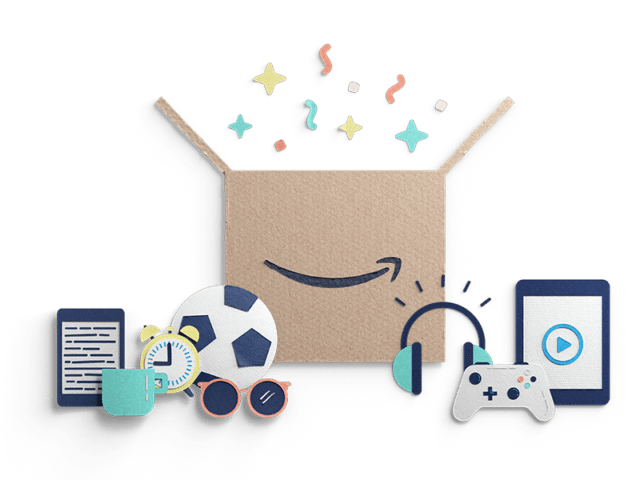
Step #4: To get ready for Prime Day, stay ready
It’s always a good idea to make sure your Amazon product descriptions and pages are up to date with the most relevant information and accurate details as possible, but in preparation for Prime Day advertising, auditing those all-important pages is crucial.
In addition to clean, concise copy that accurately describes your product using the language your customers are most likely to use in their searches, adding high-quality photos, along with 15-60 second videos is also an excellent day to make sure your brand is Prime Day ready.
Step #5: Put best-in-class technology at the center of your Prime Day advertising strategy
Having the data intelligence, analytics, and automated solutions to stand out among your Amazon competitors is always a smart choice. It’s never too early to speak with an expert about adopting Skai’s Amazon advertising solutions as part of your Prime Day strategy.
Reach out today to schedule a quick demo to see all of the cutting-edge features Skai has to help make your Prime Day—and every other part of the year—a success.

